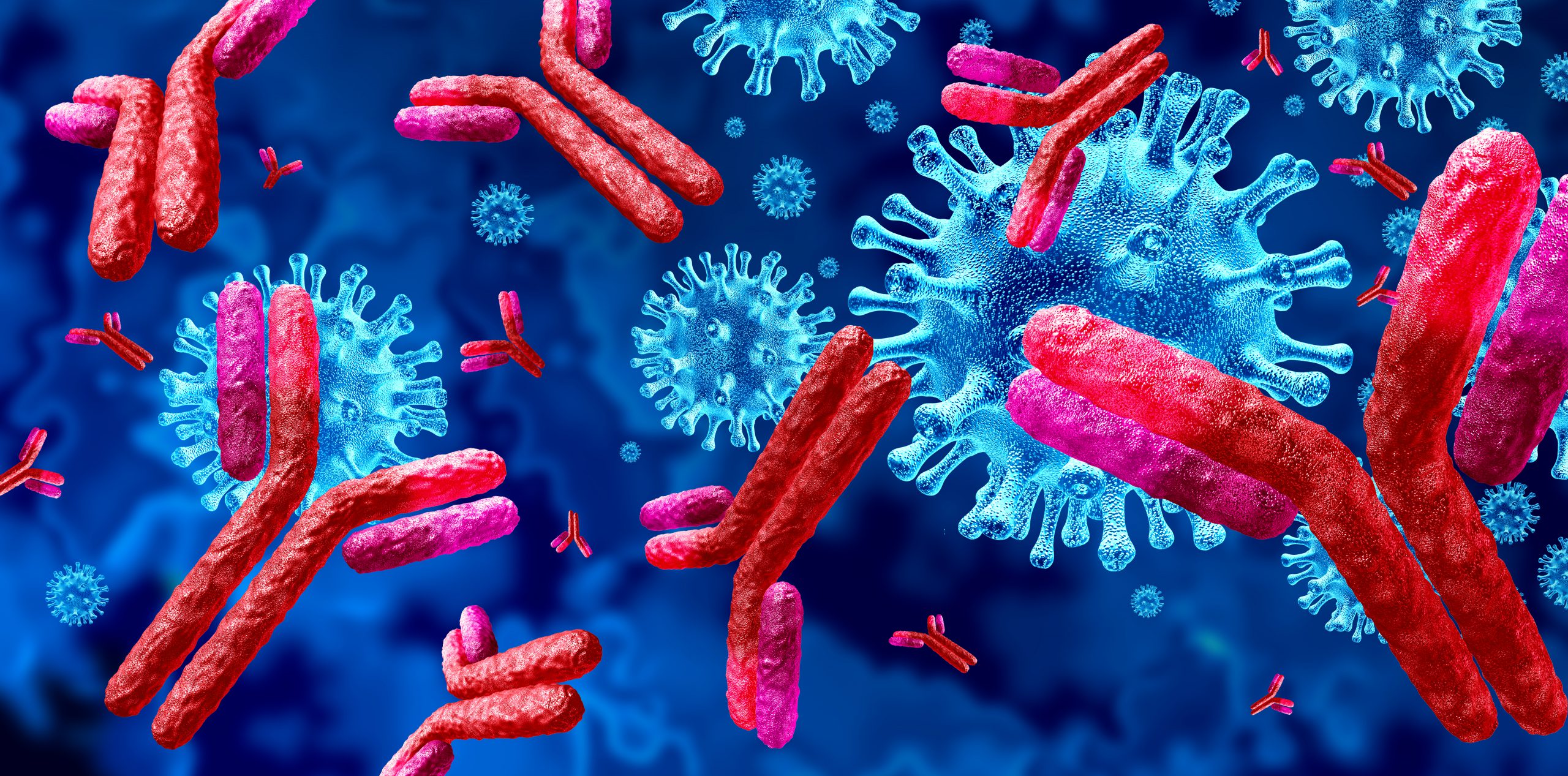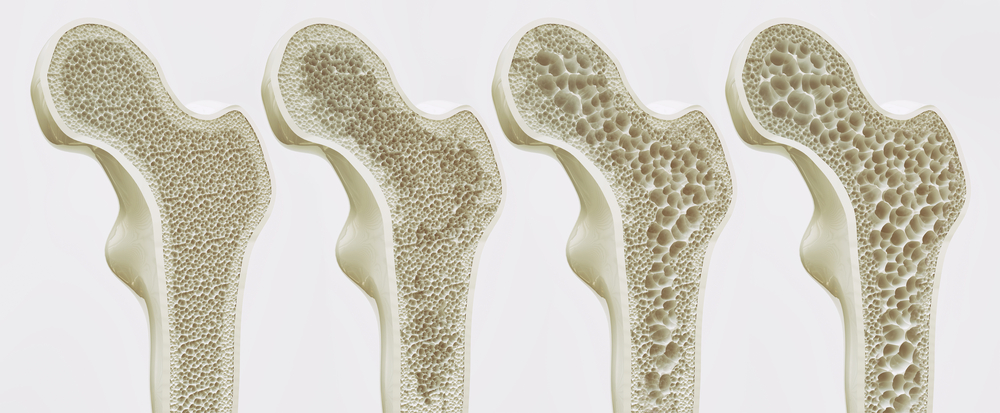This is the third blog in a new series that introduces the major systems in the human body. In this blog, we’ll cover the immune system.
The immune system consists of innate defences and adaptive defences. Innate defences are nonspecific and involve surface barriers and internal defences. Adaptive defences are specific to a particular antigen (toxin) and involve humoral immunity and cellular immunity. Humoral immunity involves the production of antibodies while cellular immunity involves targeting transformed cells for destruction.
The thymus and spleen are the main organs that play a role in the immune system.
Lymphocytes (white blood cells) make up the majority of cells in the immune system. Reticular cells, macrophages, follicular dendritic cells, Langerhans cells, and epithelioreticular cells make up the supporting cells.
They include T cells, B cells, and natural killer cells. There are 3 types of T cells: helper T cells, cytotoxic T cells, and suppressor (regulatory) T cells. Helper T cells undergo clonal expansion (division). Cytotoxic T cells recognize and kill virus-infected cells. Suppressor (regulatory) T cells down-regulate the immune response by influencing the activity of other immune system cells. B cells can present antigens to helper T cells and differentiate into plasma cells, which make antibodies. Natural killer cells release enzymes that cause an ionic imbalance in the target cell and accelerate cell death.
Love them without losing yourself. The Boom Health app helps you manage your loved one’s home care in one app. Download the app from the App Store or Google Play Store.
This article is not intended to be a substitute for professional medical advice or diagnosis. Always seek the advice of your physician or another qualified health provider with any questions you may have regarding a medical condition.





